News
-

What is The Difference Between Free Amino Acid Fertilizers And Amino Acid Fertilizers? (1)
Definition & Composition: Molecular Structure Matters Free Amino Acid Fertilizers Core Composition: Contains free-form amino acids (individual molecules) that plants can absorb directly without decomposition. Production Technolog...Read more -

What Is The Difference Between Chitosan Oligosaccharide And Chitosan? (2)
The Netherlands has integrated Chitosan Oligosaccharide into tomato greenhouse cultivation and achieved substantial yields. Method: Foliar sprays of 100ppm COS solution at seedling, flowering, and fruiting stages. Results: Gray mo...Read more -

What Is The Difference Between Chitosan Oligosaccharide And Chitosan? (1)
Core Differences – Molecular Size Dictates Function G-Teck Chitosan: Derived from deacetylated chitin (found in crustacean shells), with a high molecular weight(with a degree of deacetylation of up to 90%) Key Traits: Forms physic...Read more -

What Effect Does Proline Have On The Soil Microbial Community? (2)
Cross-Species Signaling: Plant-Microbe “Molecular Dialogue” Root Exudate Decoding: Using single-cell Raman spectroscopy, G-Teck discovered proline synergizes with plant-derived flavonoids, accelerating chemotactic motility of...Read more -

What Effect Does Proline Have On The Soil Microbial Community? (1)
How Proline “Programs” Microbial Communities Targeted Nutrient Delivery System Data Highlight: In saline-alkali soil trials, exogenous proline increased nitrogen-fixing bacteria abundance by 52% and crop yield by 28%. Mechani...Read more -

What is The Role of Proline in Plant Responses To Stress? (2)
Proline’s Function in Cold Stress Tolerance Cryoprotection: Proline inhibits ice crystal formation in cells, preventing mechanical damage during freezing. Membrane Fluidity: It maintains lipid bilayer fluidity at low temperatures,...Read more -

What is The Role of Proline in Plant Responses To Stress? (1)
Proline’s Role in Drought Resistance Osmoprotection: Proline acts as a compatible solute, maintaining cellular osmotic balance by stabilizing proteins, membranes, and organelles during water deficit. ROS Scavenging: Drought induc...Read more -

Which Crops Are Suitable For Chitosan Oligosaccharide Application? (2)
Cereals: Rice, Wheat, and Corn Disease Prevention: Reduces rice blast and wheat rust incidence by stimulating antioxidant enzyme production. Higher Grain Weight: Enhances photosynthesis, resulting in 10–15% heavier kernels in corn. Clima...Read more -

Which Crops Are Suitable For Chitosan Oligosaccharide Application? (1)
Chitosan oligosaccharide (COS), a natural biostimulant derived from chitin, With its unique ability to enhance plant immunity, improve stress tolerance, and boost yields. Top Crops That Thrive with Chitosan Oligosaccharide Vegetab...Read more -

What Are The Application Methods And Effects of Chitosan Oligosaccharide In Seed Treatment? (2)
Proven Benefits for Diverse Crops Field trials across Asia, Europe, and North America highlight Chitosan Oligosaccharide(COS)’s versatility: Faster Germination: Rice seeds treated with COS showed a 20–30% increase in germination rate...Read more -

What Are The Application Methods And Effects of Chitosan Oligosaccharide In Seed Treatment? (1)
About Chitosan Oligosaccharide(COS): COS is a natural polymer produced by deacetylating chitin, a component of shellfish exoskeletons. It is non-GMO, biodegradable. How Chitosan Oligosaccharide Works in Seed Treatment Chito...Read more -

How Does Seaweed Fertilizer Make Plants Drought Resistant? (2)
Unlike synthetic alternatives, seaweed fertilizers are renewable and biodegradable. Harvesting practices for species like Ascophyllum nodosum (knotted wrack) are strictly regulated to preserve marine ecosystems. By choosing seaweed-bas...Read more
















